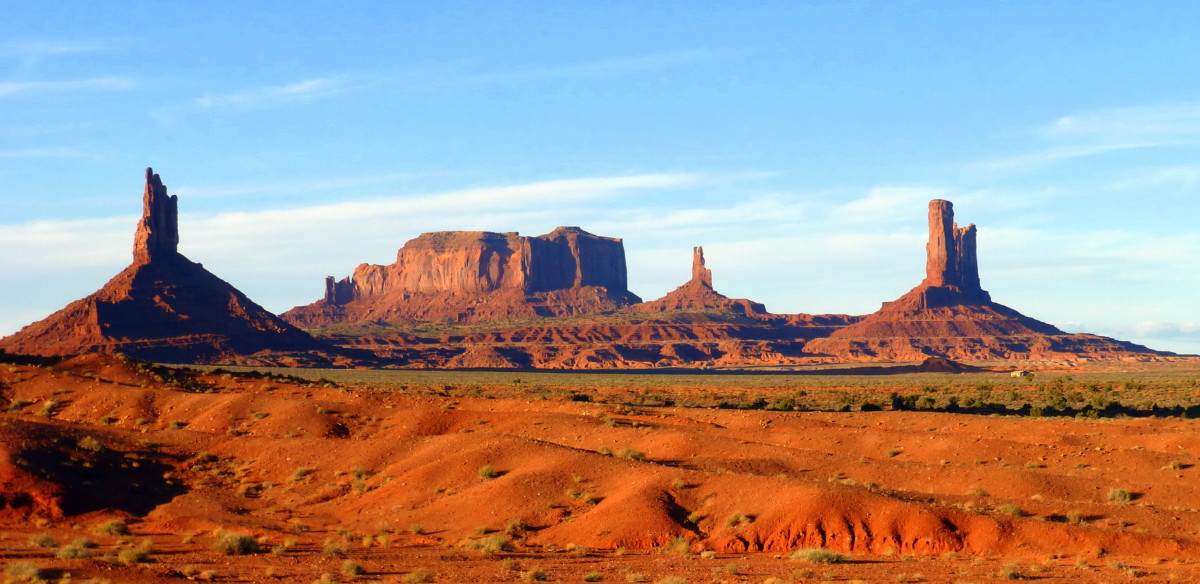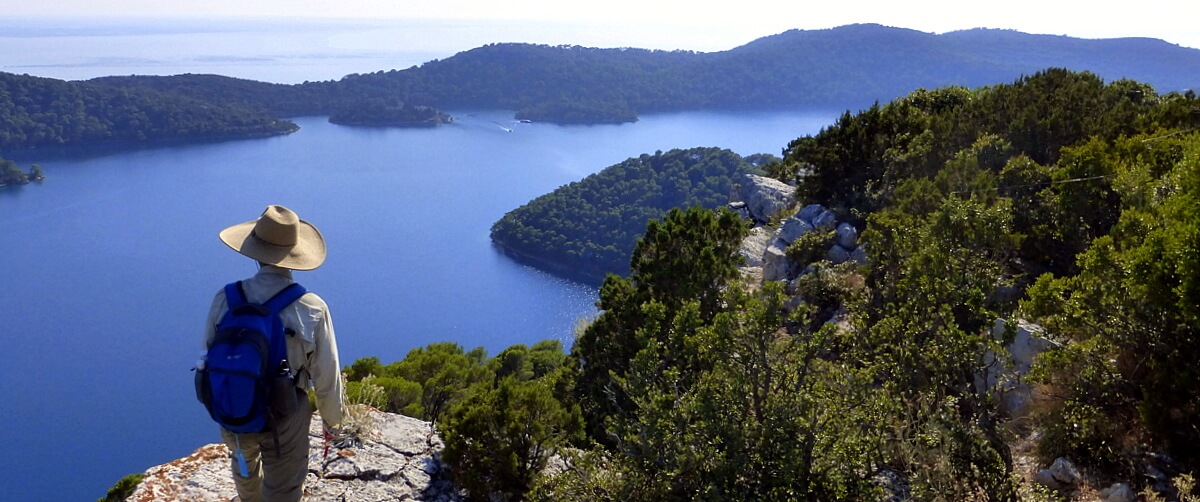
With 25,000 square miles spanning 3 states, the Navajo Nation is the largest Indian reservation in the United States, approximately the size of the state of West Virginia. By population, the Navajos recently overtook the Cherokee as the most populous Native American tribe with a census of just under 400,000.
Navajo call themselves Dineh, “The People”, and anthropologists believe they migrated from Canada about 1000 years ago, settling in the Four Corners area of Arizona, New Mexico, Colorado, and Utah. Initially, they probably lived among the Pueblo people, practicing a hunter-gatherer lifestyle, then learning basic agriculture from the Pueblos. After Spanish settlers introduced sheep and other livestock in the 17th century they transitioned to a more pastoral lifestyle and economy, adding weaving and metalworking to their skill set, learned from the Pueblo and Mexicans.
The Navajo civil society is based in the concept of clans and oral history. The system of behavior taught is referred to as “walking in beauty”. Navajo religion is elaborate and complex, with many deities, songs, chants, and prayers, and numerous colorful ceremonies, such as the squaw dance and the night chant. Women have an important position in society and traditional inheritance is through the mother’s line
Bad behavior explained: “He doesn’t know any better, he had no grandfather to give him the stories.”
Surrounding tribes feared the Navajo as a predatory people who, with their blood allies the Apache, raided the Pueblo, and later the Spanish and Mexican settlements of New Mexico. The Mexican War between the USA and Mexico impacted the entire Southwest and, after 1846, the Navajo found themselves under the jurisdiction of the US government.
Conflicts between raiding Navajo and Anglo-American newcomers escalated, and punitive expeditions were only temporarily successful, Then, in 1863, storied mountain man, Kit Carson, was commissioned by the US Army to subdue the Navajo, and he did so harshly.
Carson adopted a scorched earth policy, killing livestock and burning homes. Eventually most Navajo were rounded up by Carson and the army and transported on a forced march known as “The Long Walk” to Fort Sumner in New Mexico. Many died or were killed on this tragic Navajo version of the Cherokee “Trail of Tears”.
A Dineh elder, Howard Gorman describes the Long Walk
“From Fort Defiance the Navajos started their journey…Women and children traveled on foot. That’s why we call it the Long Walk. It was inhuman because the Navajos, if they became tired and couldn’t continue to walk further, they were shot down…They had to keep walking, all the time, day after day…for about 18 or 19 days…through all kinds of hardships, like tiredness and having injuries. And when those things happened, the people would hear gun shots in the rear, but they couldn’t do anything about it. They just felt sorry for the ones being shot.”
Approximately 10,000 Navajo were interred on the Bosque Redondo Reservation for nearly 4 years until The Treaty of 1868 established a reservation of about 5,200 square miles overlapping traditional tribal lands in the Four Corners Area. That area was subsequently expanded by Presidents Rutherford Hayes and Theodore Roosevelt.
Life after the Long Walk changed dramatically. The Navajo continued to develop ranching, but by the 1930s overgrazing and erosion of limited grasslands on the reservation forced a reduction of tribal livestock herds by as much as 50%.
Irrigation projects were initiated to support increased farming efforts, but only a fraction of the population could be supported on the arid lands of the reservation. Many turned to occupations off the reservation and the discovery of oil, gas, and other minerals helped augment tribal income.
The Navajo have fared better than most Native American tribes, adapting well to a federal system of government and establishing their own Navajo Nation government in 1989. The initial 1868 group of less than 10,000 who left the Bosque Redondo Reservation for their tribal lands on the Navajo Reservation have swelled to nearly 400,000.
The Only in Arizona Walking Adventure hopes to experience a full day in Canyon de Chelly National Monument on a tour organized and led by a local Navajo. Activities in Monument Valley and at Antelope Canyon are also Navajo led.
POINTS TO PONDER
Much of the 17th, 18th, and 19th centuries witnessed a clash of cultures in North America between existing native societies based upon hunting, light agriculture, and nomadic lifestyles and more developed European immigrant societies with sophisticated systems of farming and manufacturing and banking based largely out of towns and cities. Can you think of more constructive ways these clashes could have been resolved?
How did the Navajo Nation come into being and thrive? When so many other Native American tribes have struggled, or even disappeared, and turned to casinos as a primary source of tribal revenue, how did the Navajo people retain their identity and develop a relatively harmonious segue with 21st century realities.

